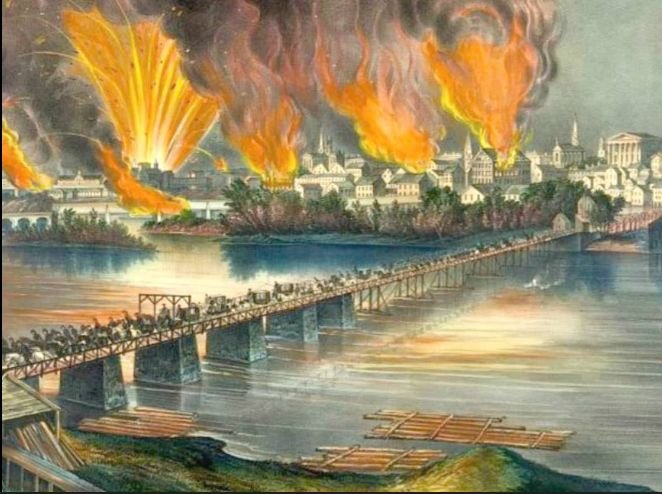The Fall of Richmond: A Glimpse into the Lost Glory of Wayne County

Richmond, located in Wayne County, Indiana, was once a vibrant city that symbolized economic prosperity and cultural significance in the mid-1800s. Known for its bustling railroad industry, thriving manufacturing sector, and historic landmarks, the city was a hub of activity and innovation. But over the years, the rapid changes in industry, economics, and demographics have led to the gradual decline of what was once a proud and influential city.
During the peak of its prosperity, Richmond was home to several successful factories, and the railroad was a key driver of its economy. The arrival of the railroad in the mid-19th century connected Richmond to major cities, facilitating the movement of goods and boosting local commerce. This brought wealth to the city, and in turn, fueled its rapid development. Large, elegant homes were built along its tree-lined streets, and Richmond was often praised for its cultural scene, boasting theaters, orchestras, and art exhibitions.
The city’s industrial sector played a pivotal role in its growth. Rich manufacturing, particularly in the production of farm equipment and textiles, attracted workers from across the nation, increasing the city’s population and cementing its role as a key player in America’s industrial rise. At one point, Richmond boasted one of the largest carriages and wagons factories in the country. Its economy was booming, and the city seemed destined for even greater heights.
However, as the 20th century progressed, Richmond began to feel the effects of broader national trends. The decline of manufacturing in the U.S., combined with the rise of new industries and global competition, led to a slow erosion of the city’s economic base. As factories closed and jobs disappeared, Richmond’s population dwindled. The railroad industry, once the lifeblood of the city, lost its dominance as new transportation methods took over.
Today, remnants of Richmond’s past grandeur can still be seen in its historic buildings and monuments, but much of the vibrancy has faded. The once-thriving downtown area has become quieter, and businesses that once flourished have closed their doors. The city struggles to adapt to the changing economic landscape, and its future remains uncertain.
The lost glory of Richmond serves as a poignant reminder of the transient nature of success. Once a beacon of American industry, it now stands as a symbol of the challenges that many small cities face in the modern era. Despite the decline, however, Richmond’s rich history remains a testament to its former greatness.
